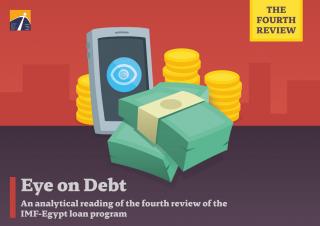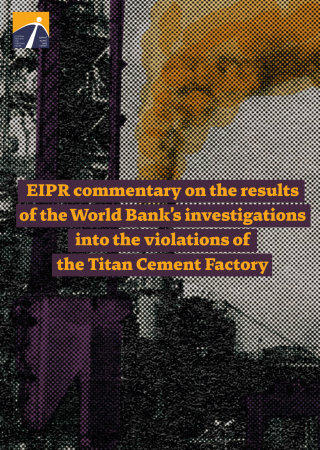Today, Sunday 5 October, EIPR publishes its new report in the "Eye on Debt" series, which analyses the Fourth Review of Egypt’s agreement with the International Monetary Fund (IMF) regarding the Extended Fund Facility (EFF) programme.
Files: International Financial Institutions
Introduction
After a delay of about five months, the International Monetary Fund (IMF) completed the fourth review of the Extended Fund Facility Arrangement for Egypt, which Egypt signed in late 2022.
We, the undersigned Egyptian, regional and international human rights organisations, are writing to provide input ahead of the negotiations on the Memorandum of Understanding (MoU) for the EU’s €4 billion Macro-Financial Assistance (MFA) packag
The debt crisis will not be solved by a new loan
External debt payments for a year exceed foreign currency reserves and current debt policy is not sustainable
The Egyptian Initiative for Personal Rights (EIPR) issued a comment on the report released lately by the Investigatio
The Egyptian Initiative for Personal Rights (EIPR) issued a comment on the report released lately by the Investigation office of the World Bank Group (CAO) on the complaint against the Alexandria Portland Cement Company (Titan Cement Factory), and the International Finance Corporation ( IFC) , the private sector arm of the world bank Group, which funded the establishment of the company.
Egypt was hit with the biggest fine in its history when the ICSID ruled on September 3, 2018 that Egypt was liable for compensation of $2 billion to Union Fenosa, as damages for the 2014 government’s failure to provide gas to the company during the energy crisis in Egypt.
The report is of particular relevance to the meeting scheduled for April 20, 2 pm GMT, between World Bank officials and civil society organizations focused on tax justice and the disclosure policies of international finance institutions such as the World Bank and IMF.






